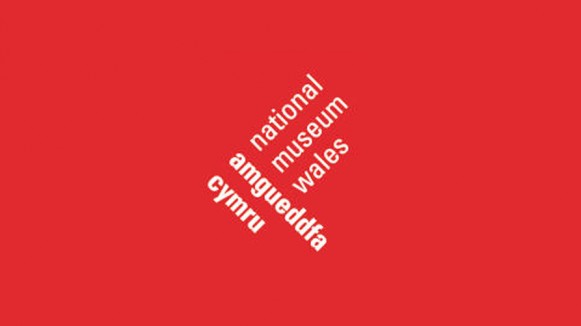
Young Critics, 3rd Act Critics and Kids in Museums volunteers are working in partnership with Amgueddfa Cymru – National Museum Wales (ACNMW) http://www.museumwales.ac.uk/ on a new free project focusing on the quality and standards of exhibitions and programming at their sites across Wales. Those involved recently spent a day with the staff at the National Museum, Cardiff. We will be featuring the responses to the day from the participants over the next few days, next up Young Critic, Lois Arcari.
Death of the Author – all great works must bow to it, to be thought as of such.What about great places, prompting great memories and passions? Response breaths life to art, in quiet thought and idle conversation just as much as any great debate. The spectator as creator needs to be accepted…. are they?
This is what the Young Critics, Kids in Museums and 3rd Act Critics teamed up to discuss this previous weekend, in the beautiful National Museum, Cardiff, looking at completely contrasting exhibits to try and form a coherent narrative on why and how museums deserve to grow, with accessibility and increased open dialogue in mind.The day pointed out diversity spectacularly in both exhibits and response.
The new and hotly anticipated ‘Treasures: Adventures in Archaeology’ exhibition, with props and inspiration from the Indiana Jones franchise certainly aims to tear down any expectations of the fusty and austere in modern museums.
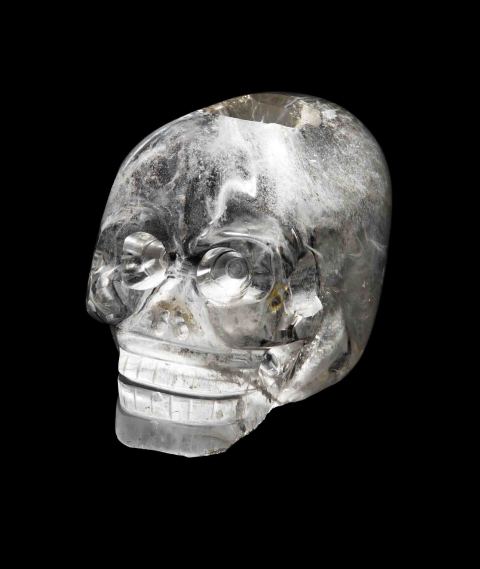
Crystal Skull. Photograph © Musée du Quai Branly, Dist. RMN-Grand Palais / Patrick Gries / Valérie Torre
http://www.museumwales.ac.uk/cardiff/whatson/8641/Treasures-Adventures-in-Archaeology/
How far can one exhibit go – even with a much-loved film series behind it? It remains to be seen, debuting in January 2016 as a priced exhibition for the museum. Even cynics must admit the reaction it gets will certainly be as very interesting as it’s spectators are interested. And, as everyone shall be pleased to hear, actively sought out as well as listened to.
Luckily, the two exhibits we saw, in the fresh and present, offered a beguiling contrast, from the geology and maps of William Smith to the gleefully anarchic meditations on destruction of Ivor Davies. Practical concerns were made – volume, fonts size, positioning, as well as the more abstract – how to make sure potentially dry subjects could prove to compel people outside of their specialism, and how the more obviously popular could lead onto the obscure, and be given equal fervour. Each were enticing for different reasons, my personal favorite the expansive Davies exhibit, hinged on a universal themes, explored in different, and all intriguing facets – the maps were harder to match up to, the direction of pull for the general public unclear, the room itself as liable, before exploration, to feel cold as calm and contemplative.
The central humanity of each exhibit, thematically or narratively, with Smith the heroic everyman was a draw to each critic, all agreeing to it as the sometimes hidden central selling point of any exhibition, the lives behind the art being enlightened preventing any feelings of imposition.
Discussion was ever encouraged and enlightened, the real, vested interest palpable. Museums that care as much about their audience as artists as the linear type are destined to survive any challenges, and this day, and what was shown through it, were brilliant examples.
Category Archives: Museums & heritage
The Museum Critics An Insight into National Museum Cardiff by James Briggs
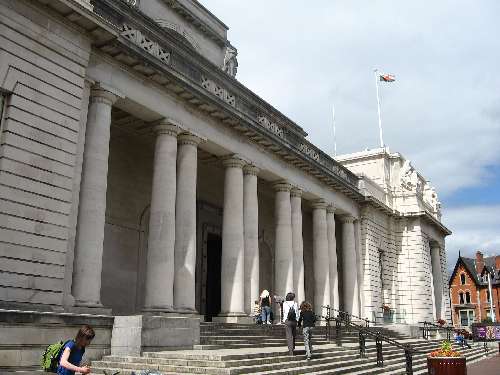
Young Critics, 3rd Act Critics and Kids in Museums volunteers are working in partnership with Amgueddfa Cymru – National Museum Wales (ACNMW) http://www.museumwales.ac.uk/ on a new free project focusing on the quality and standards of exhibitions and programming at their sites across Wales. Those involved recently spent a day with the staff at the National Museum, Cardiff. We will be featuring the responses to the day from the participants over the next few days, next up Young Critic James Briggs.
Cardiff is continuing to grow enormously as a city and so is its status within Europe. Along with large growth within Cardiff we also have the National Museum continuing to grow, the museum houses some of Wales’ most famous pieces of art ranging from Ivor Davies to dinosaur bones, there is something for everyone. It is therefore particularly important that the museums are providing their visitors with what they want.
On the day we were very fortunate to be given a tour around certain parts of the museum. This was done to assist the members of staff at the museum with feedback on how the exhibits are designed and how it can be made more appealing for the members of the public visiting. We found when doing this it is in fact very difficult to come up with a wide range of criticisms, this mainly due to the fact that there is a large age range that must be catered for when people visit the museum; primarily young children and families and the older generation. Both of these age groups have very different needs and expect to see different things when visiting an art gallery or museum. It is this gap that needs to be bridged to ensure each and every person that visits the museum experiences everything they expected and more.
By attending an event such as this one you are given a unique insight into the world behind the museum doors and what it is like creating unique displays and galleries to really show off the amazing pieces of art. It was made apparent during the day to us that the job of a designer for a museum art installation is very similar to that of someone who works for the stage with directing and creating scenery for musical shows in theatre. This means that when going to the various parts of the museum today we were able to use our skills and expertise from critiquing musicals and plays to looking at displays and art. Much of what you see when at a museum is simply theatre with the use of lighting and sound effects to stimulate visitor’s senses; the only big difference is however we the public never get to see who created the staging for the artwork to be displayed on.
It will also be very interesting to see the response after Christmas when the new Indiana Jones themed exhibition ‘Treasures: Adventures in Archaeology’ will open for the first time in the UK.
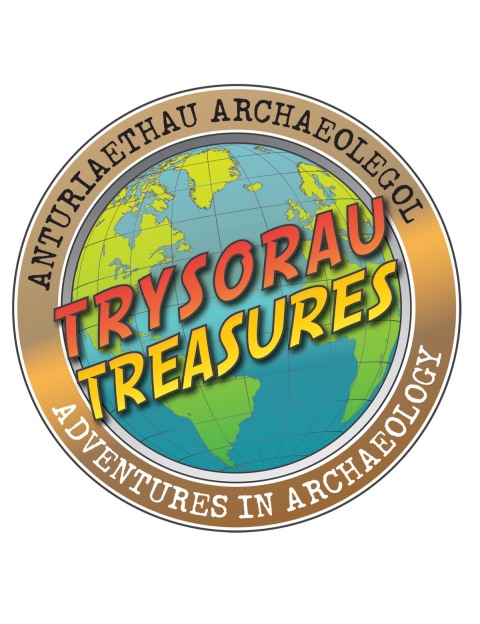
http://www.museumwales.ac.uk/cardiff/whatson/8641/Treasures-Adventures-in-Archaeology/
I found it highly interesting today to look at the effects of production companies using the museum for TV programmes and Films such as Doctor Who. We also assessed if this could be used to draw more visitors in to see the exhibits. If this is the case could we be seeing far more interactive exhibitions in the future that follow the theme of the movies and television? Only time will tell.
THE MUSEUM CRITICS AN INSIGHT INTO NATIONAL MUSEUM CARDIFF BY ANETTE WELLS
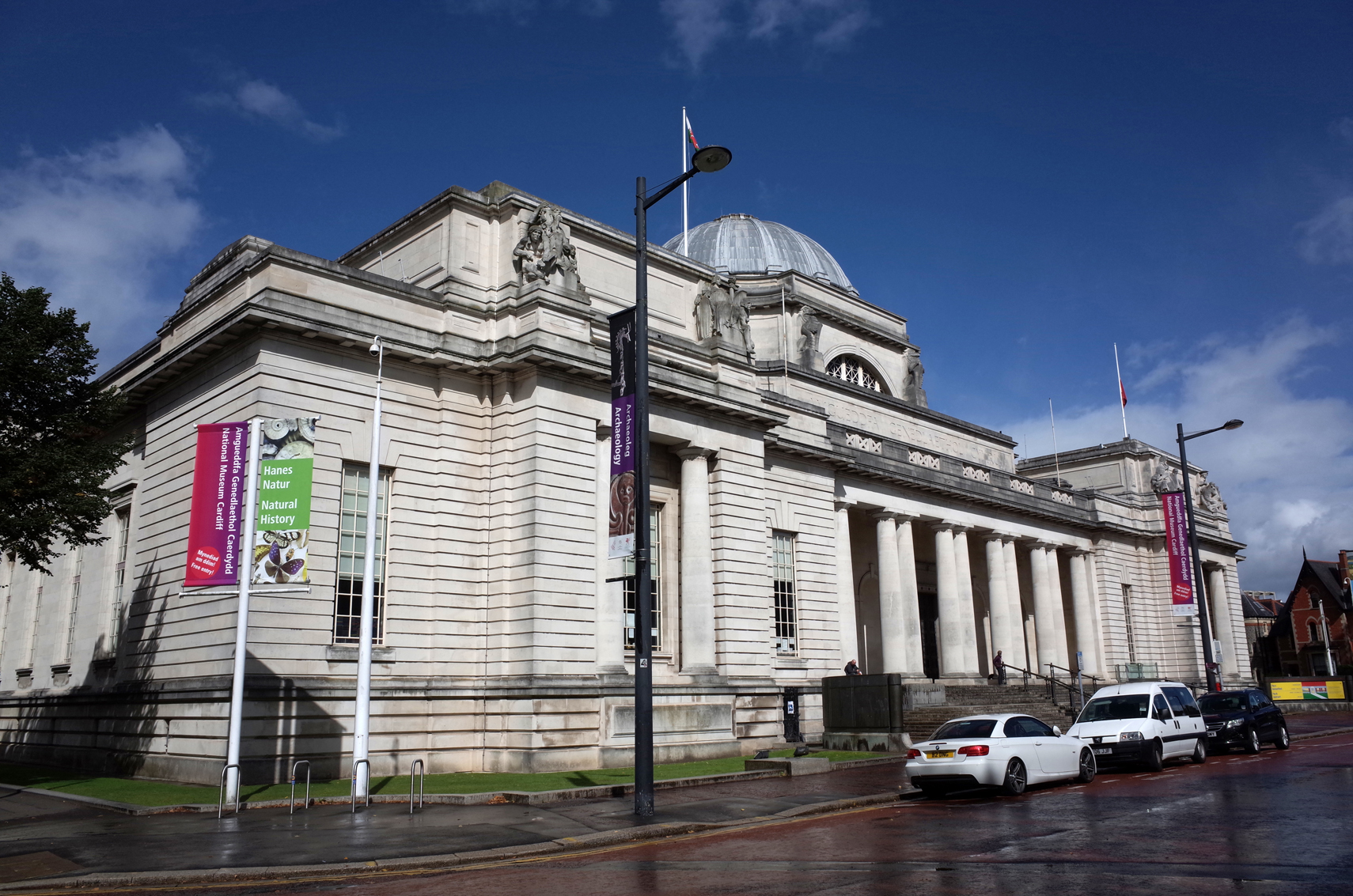
Young Critics, 3rd Act Critics and Kids in Museums volunteers are working in partnership with Amgueddfa Cymru – National Museum Wales (ACNMW) http://www.museumwales.ac.uk/ on a new free project focusing on the quality and standards of exhibitions and programming at their sites across Wales. Those involved recently spent a day with the staff at the National Museum, Cardiff. We will be featuring the responses to the day from the participants over the next few days, next up is Kids in Museums volunteer Annette Wells.
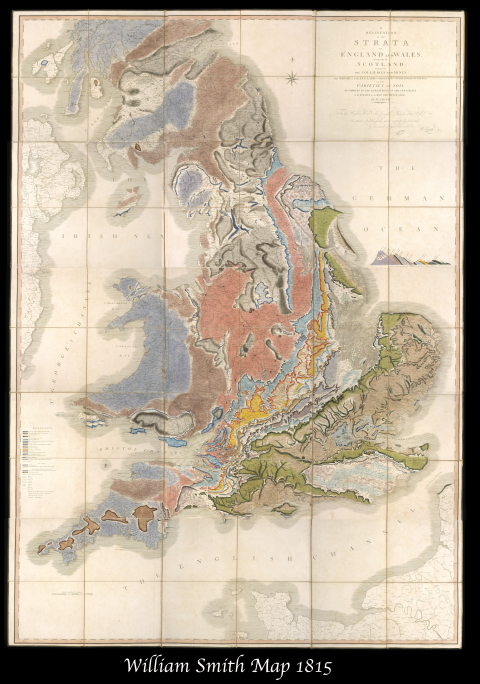
The Remarkable Maps of William Smith
This exhibition is upstairs and to be honest, if I didn’t have to go in, I may not have done -or at least, I would have looked at other stuff first. I get why the bust of William Smith, flanked by giant maps is the first thing you see, but it failed to give me the WOW that exhibitions can do (and should do?). But out of the corner of my eye I spotted a cabinet. THis is a reconstruction of the system William Smith used to display his collections of fossils..all sloping to the right because that;s what geology does, I now know!
The maps are huge and I have to admit, mightily impressive. I’m sure there is a lot of interesting information on them, but it is so small, that even with the A4 magnifying sheets I still couldn’t read it. Note to self – ALWAYS REMEMBER TO TAKE YOUR GLASSES TO EXHIBITIONS! Our group was fortunate enough to be shown around by members of staff who filled in some of the missing bits, but if you’re not that fortunate, then just marvel. And I did find myself marvelling by the time I left.
There is just enough information on the panels. I’m not much of a reader, so once I’d looked at the objects – geology specimens and William Smith’s notebooks mainly – I did have a read. I’m glad I did. William Smith led an extraordinary life. From humble beginnings he led the way for geoloical map recording and in so doing put a spanner in the works for the many unscrupulous Victorian geological surveyors who up til then seemed to have free reign to ‘find’ and charge what they liked to hopeful/greedy/innocent/naive (delete according to your own convictions) landowners hoping to make a fortune from the mineral deposits under their feet. I also learnt that he spent time in a debtors prison.
The exhibition design was very traditional. The panels made for easy reading and the object labels complemented them, which I liked. There was the obligatory interactive, and I mean that in a positive way. It was beautifully constructed and thought out, but it flummuxed me. But that might have been just me! The exhibition is bilingual and the lighting and contrasts are good.
Although I grew to enjoy this exhibition, It is unclear whether this is an exhibition of the maps, which are remarkable actually, or whether it was an exhibition about a remarkable man. You go. You decide. But do visit!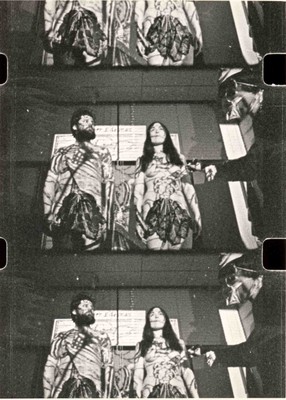
The Ivor Davies Destruction in Art Archive
This exhibition is in THE BEST SPACE EVER! Immediately it felt monumental. The exhibition charts Ivor Davies’s work from 1950s to his more recent work, but concentrating on his work in 1960s with the destruction in art group. There is alot to look at. Running the length of both walls and a lot of it is very similar. In the centre of the gallery is a reworking of his Swansea project. Worth watching for a while, although I’m not sure I saw anywhere near all of it. Maybe that’s the point..that you can come in and out? Well thats what I did.
As usual, the arty farty way of labelling contemporary artworks which means that you have to search for information, prevails. This simply serves to make anyone who may be out of their comfort zone, even more so. Please don’t do it. If something needs a label make it obvious. If it doesn’t, then leave it out.
This exhibition is bilingual too, but I felt that the contrast was not strong enough for the Welsh text which may mean that some people might struggle to read it.
I have to say that I wasn’t overly keen on the work on display and prefer other works that wern’t there, but as an experience, it is an exhibition you should give a go. If only to look knowledgeable next time you have to name an internationally important Welsh artist!
The Museum Critics an insight into National Museum Cardiff by Eleanor Dobson
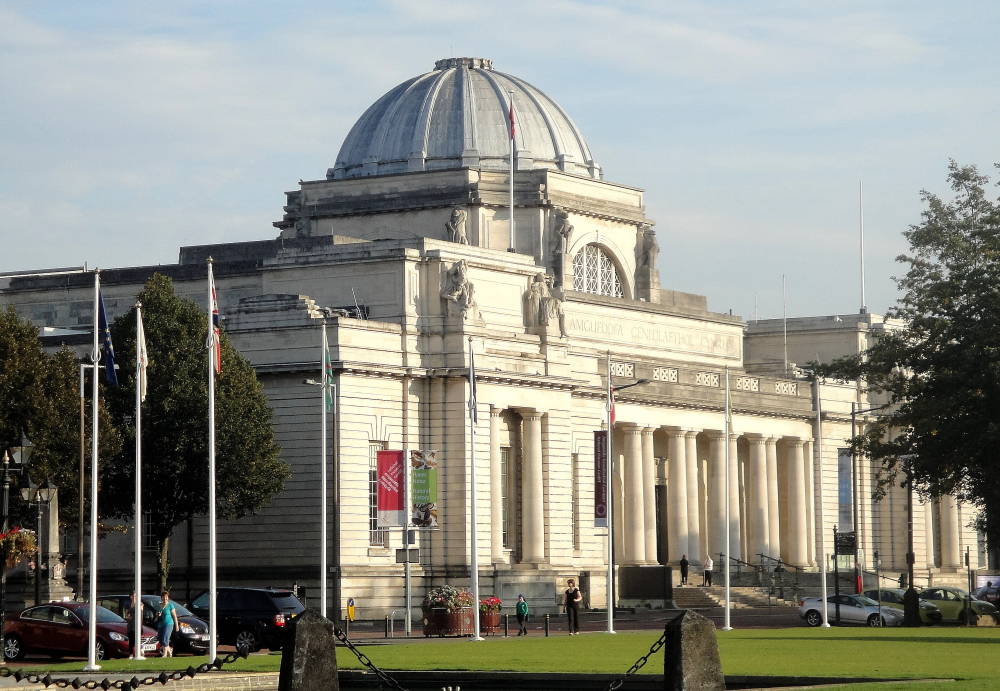
Young Critics, 3rd Act Critics and Kids in Museums volunteers are working in partnership with Amgueddfa Cymru – National Museum Wales (ACNMW) http://www.museumwales.ac.uk/ on a new free project focusing on the quality and standards of exhibitions and programming at their sites across Wales. Those involved recently spent a day with the staff at the National Museum, Cardiff. We will be featuring the responses to the day from the participants over the next few days, firstly Kids in Museums volunteer Eleanor Dobson.
The day was extremely enjoyable and offered me an insight, in extraordinary detail, into the inner workings of a museum. I felt myself becoming increasingly aware of the importance of understanding the expressions that are part of an exhibition. With this I was able to develop the skills to both criticise and value various elements of the areas we explored.
The first exhibition, Reading the Rocks: the Remarkable Maps of William Smith

http://www.museumwales.ac.uk/cardiff/whatson/8508/Reading-the-Rocks-the-Remarkable-Maps-of-William-Smith/
This was a wonderful start to give us a chance to act both as a first time audience and test our skills at critiquing. I truly appreciate the level to which we were listened to, and the extent to which our thoughts were valued. Furthermore, the environment and the format that we gave our feedback in – standing and discussing as a group –was a fantastic way for people to express their thoughts in a non-threatening or intimidating environment.
The second exhibition, Silent Explosion: Ivor Davies and Destruction in Art

http://www.museumwales.ac.uk/cardiff/whatson/8579/Silent-Explosion-Ivor-Davies-and-Destruction-in-Art/
Again this was also a brilliant way to test the skills we developed from the previous experience, and ensured that we could also develop further our thoughts. This was because it was a completely different style and format. The only suggestion that I could make to improve on this particular part of the day, is that I would suggest that the curators tell us which parts they feel needed improving, and reflected their own thoughts on the exhibition. This way we could have offered practical advice that would have conformed their personal aims. However sometimes I felt that our criticism and suggestions went off topic slightly. For example, if they could suggest which target audience they are aiming to impress. This is only because, as I am from Kid in Museums, although I didn’t feel the exhibits were child friendly, they were extremely impressive and interesting from an adult perspective. With this in mind, it would be good to know if this is what they were aiming for, and then we could criticise them effectively.
Overall the day was fabulous. It enhanced my knowledge and skills in critiquing museum exhibits. I was enlightened into the different elements of creating a museum. Alongside this I was made to feel that I was making a positive contribution to the National Museum. I would be delighted to be allowed to take-part again, and hopefully become more confident in expressing pragmatic feedback.
Exciting new project with Young Critics/3rd Act Critics and Amgueddfa Cymru – National Museum Wales
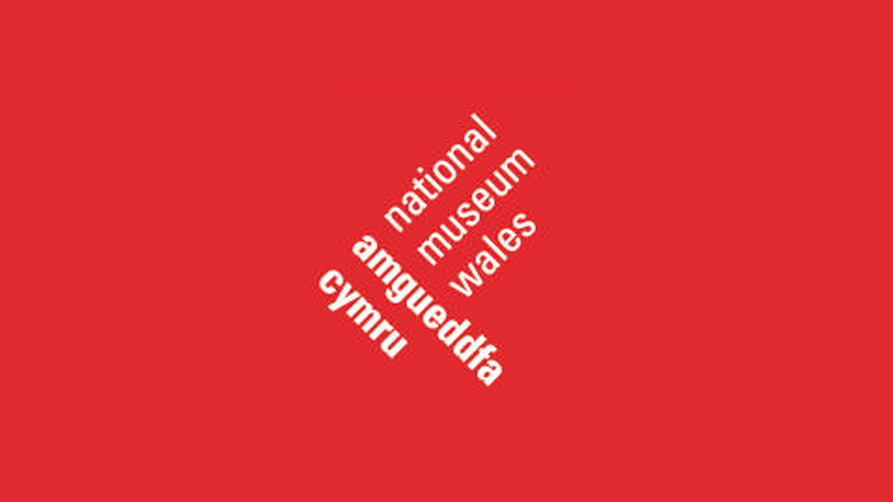
Young Critics and 3rd Act critics are working in partnership with Amgueddfa Cymru – National Museum Wales (ACNMW) http://www.museumwales.ac.uk/ on a new free project focusing on the quality and standards of exhibitions and programming at their sites across Wales.
ACNMW are keen to generate feedback and data from interested visitors regarding what makes a good exhibition and programme. The project aims to make the work of museums more accessible to the general public and increase the reach of culture and heritage. The project may also focus on Cadw sites and local museums and galleries.
The project is expected to last for 6 months initially, before being reviewed, and participants will be expected to commit to the lifetime of the project. Staff at National Museum Wales will provide training and workshops, and exclusive expert guidance on their roles. All participants will be supported in critical response methods and use of digital technologies to develop critical thinking skills.
The first workshop will take place on Saturday the 5th of December 10-1pm at National Museum Cardiff, Cathays Park, Cardiff CF10 3NP.
If you aged between 12-25 or 50+ and would like to be involved please contact project coordinator Guy O’Donnell on odonnell.guy@gmail.com
